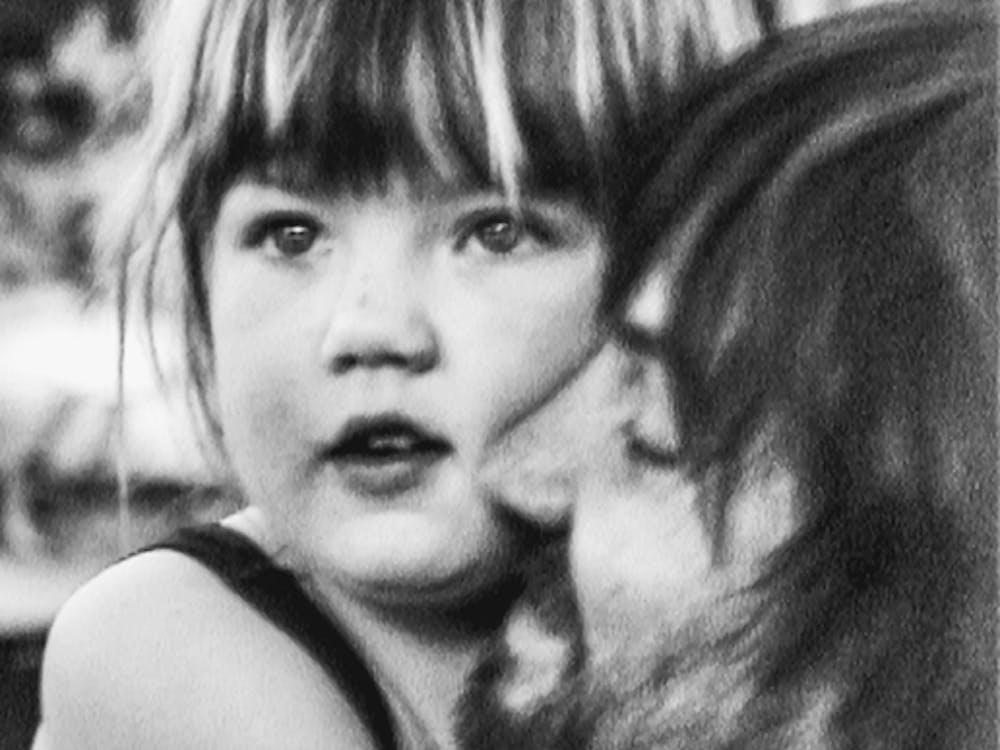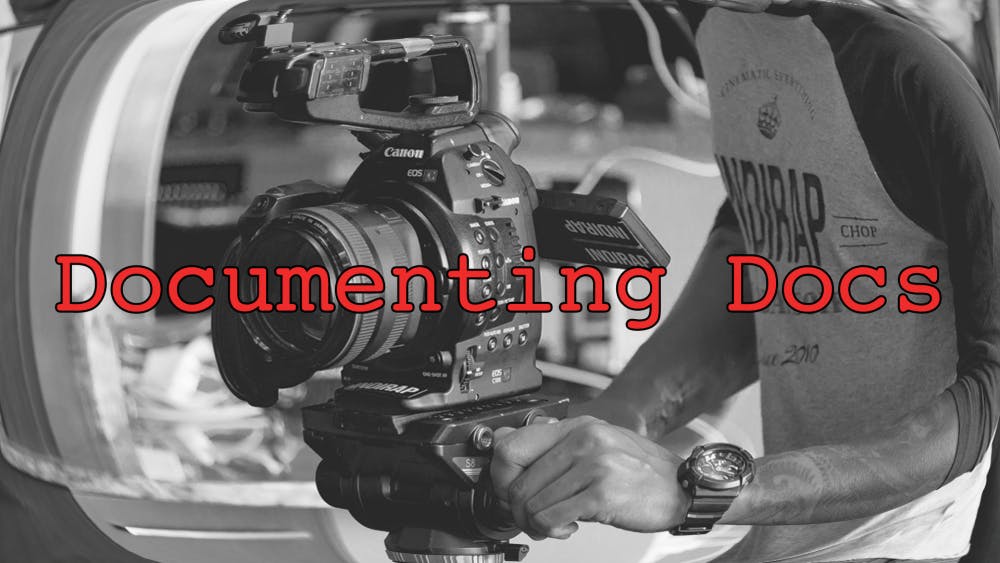by Emily Reuben The opinions and views expressed in Documenting Docs are those of the author and do not reflect the opinion of Byte or Byte’s editorial board. Documentaries are great. They offer tons of information through narration and visual techniques, often while making a compelling argument. While there is no set definition of what exactly constitutes a documentary, Scottish documentary filmmaker and critic John Grierson defined the documentary as “a creative treatment of actuality.” Generally speaking, documentaries are non-fiction films that attempt to document reality in some way. Though the term “documentary” did not exist before Grierson coined the term in 1926, the documentary film (previously known as “actuality films”) has captivated audiences since genre’s conception. With roots in primitive animations, newsreels and chronophotography, the documentary has taken many forms from short snippets of a train arriving at a station to in-depth glimpses at various people and cultures. Documentaries are fascinating for the nearly infinite amount of topics they can cover and their ability to create propaganda, convey new facts and information, give more depth to a person and their achievements, or simply take the viewer to new, unheard of places. Modern documentaries often contain beautiful cinematography, meaningful interview subjects, visual aids, and clean editing, but documentaries were not always as intricate. The first documentary films arose in the late 1800s and were focused more on showing an event rather than telling a story. Because film was still a somewhat new innovation at the time, directors such as the Lumiere Brothers captured sequences of seemingly mundane events that are likely to bore modern audiences. These primitive documentaries were typically around a minute long and showcased life as the camera rolls. This simple point and shoot formula didn’t develop much further until the 1900s when documentaries began to focus more on biographical tales and reenactments of life. In the 1920 the documentary film became more of a recognized genre with the release of the first feature length documentary, Robert J. Flaherty’s Nanook of the North, which offers a glimpse of the life of a group of Canadian Inuits. Though Flaherty’s works have caused controversy due to their ethnocentric nature, Flaherty is often cited as the “father of the documentary film,” and the term “documentary” was first used by John Grierson to describe his film Moana, so it’s safe to say that Flaherty has had a huge influence on documentary filmmaking. Since Flaherty first established the feature length documentary, the genre has grown beyond far beyond simple newsreels. For example, we now have an array of nature documentaries, dramatizations, documentary series, reenactments of true events, animated documentaries, and the list goes on. Documentaries often capture unstaged events, so they can show viewers parts of reality that they’ve never been exposed to. While traditional narrative films may also expose audiences to new experiences, the documentary carries with it an inherent trustworthiness since it portends to show the truth (often merely representing the filmmaker’s vision of truth). Even if a filmmaker isn’t exactly truthful, the audience can see varied perspectives based on what the director choose to point the camera at and what realities they leave out of the frame. But have documentaries really had an impact? Yes! The Paradise Lost trilogy helped release three inmates from death row. Triumph of the Will romanticized Nazi Germany and aided in the spread of Nazi propaganda. Food Inc. made people face and contemplate how food gets on our plates. Blackfish showcased the cruelty faced by marine life at SeaWorld causing massive backlash towards the park. All of these documentaries changed public perceptions towards the subjects being discussed on screen. From changing eating habits to rallying for the systematic enslavement and destruction of the Jewish people, documentaries can drive viewers to action in a persuasive, engaging way. Without documentaries, tons of historical footage would be lost. We’d be unable to see the impact of wars, natural disasters, and human greed. We’d never be exposed to various cultures oceans away. We would lose thousands and thousands of interesting personal accounts. Many unsolved crimes would lose public interest. Awareness of mental health, racial injustice, and religious intolerance would not be as fully explored. Without documentaries, we would lose a large part of our reality.
Must See Documentaries:
TCM The New York Times The History Place The Guardian



















